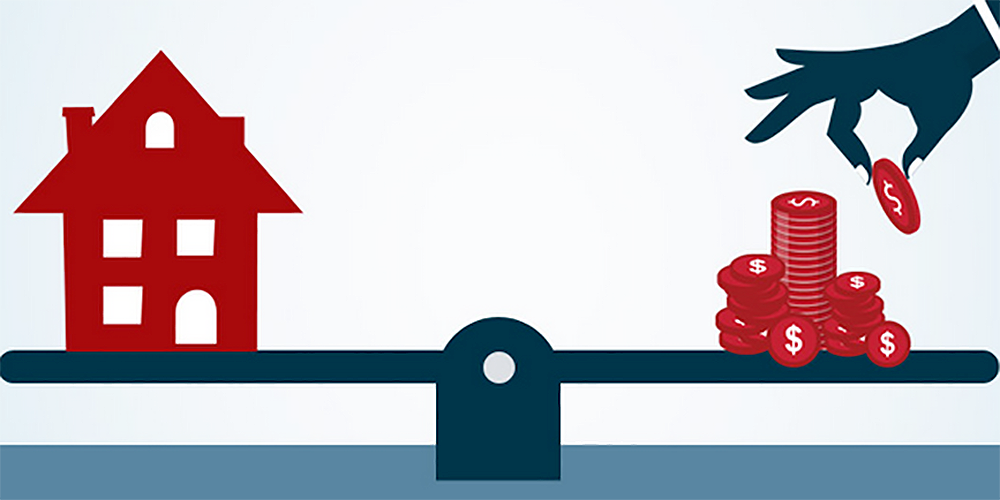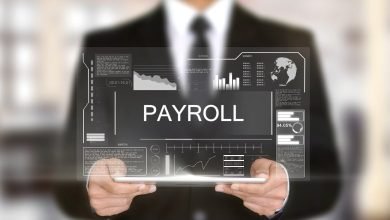Negative gearing in a nutshell

Recently there has been much ado about negative gearing. Proposed changes in Australia’s tax system supposedly threaten the usefulness of negative gearing, and for those lucky enough to own property, it could mean a significant amount of money lost. A lot of people are anxious about these possible changes to the system, but why? What is negative gearing, and why should you care?
Don’t be so negative.
When you purchase a home, you will normally need a lender to help to buy the property outright. When you find a perfect home loan from a local lender, you will enter an agreement in which they purchase the home, and you pay them back in a series of repayments over a fixed term. This is called a mortgage, and it’s one of the most common types of loans in Australia.
For the purposes of buying a home to live in, you will want the repayment to be less than your income so you can pay back your mortgage and have enough funds to enjoy life. If you own the home you live in or are paying it off; you don’t need to be concerned with negative gearing.
Investment.
When you purchase a home as an investment, you can still take out a mortgage and make regular repayments, but you will want a tenant to pay you rent, hopefully covering the repayments. If you are a landlord earning more in rent payments than it costs in repayments and other associated costs, your property is positively geared.
If your property costs more to repay, maintain, and manage then it generates in rental income, you have a negatively geared property. So, a negatively geared property is losing money over time, why would this be favorable in any circumstance?
Give me a (tax) break.
Devised to encourage investment, Australia’s taxation system has several breaks available to the savvy investor, perhaps the most significant being the taxation rules surrounding negative gearing. Currently, if your property is negatively geared, you can claim the losses against your taxable incoming, lowering your taxable income and saving money.
The benefits of negative gearing can be profound, with multiple properties being negatively geared, a landlord can generate significant tax savings each year. Negative gearing is a classic investment move, taking a small loss in the short term to make a big gain in the long term.
Take it away.
While negative gearing is used by ordinary Australians, by design, it favors the wealthy. There have been many vocal proponents of negative gearing, and some lay the blame of Australia’s affordable housing crisis squarely on the current tax system.
While the exploitation of negative gearing may have had a negative effect on the housing market, its unlikely that it the sole cause of a lack of affordable housing. Negative gearing a very enticing tax break for ordinary Australians looking to build personal long term wealth.
If it’s not broken.
While some argue that the current system is broken, the only changes at government level have been suggested by the Labor party, who want to limit negative gearing to new homes only. All existing negatively geared properties will remain so, and the changes don’t do much to change the way the system works.
Good or evil? Positive or negative? The current system has good intentions; it allows investors to make business moves and not bog down the economy in complicated taxes. As it stands, the system favors the already wealthy, but this will always be the case, money makes money, and that’s the way capitalism goes.
Negative gearing might not seem ideal at first glance, but the benefits are enticing. Stimulating the economy and helping Australians build wealth? That all seems positive to me.








